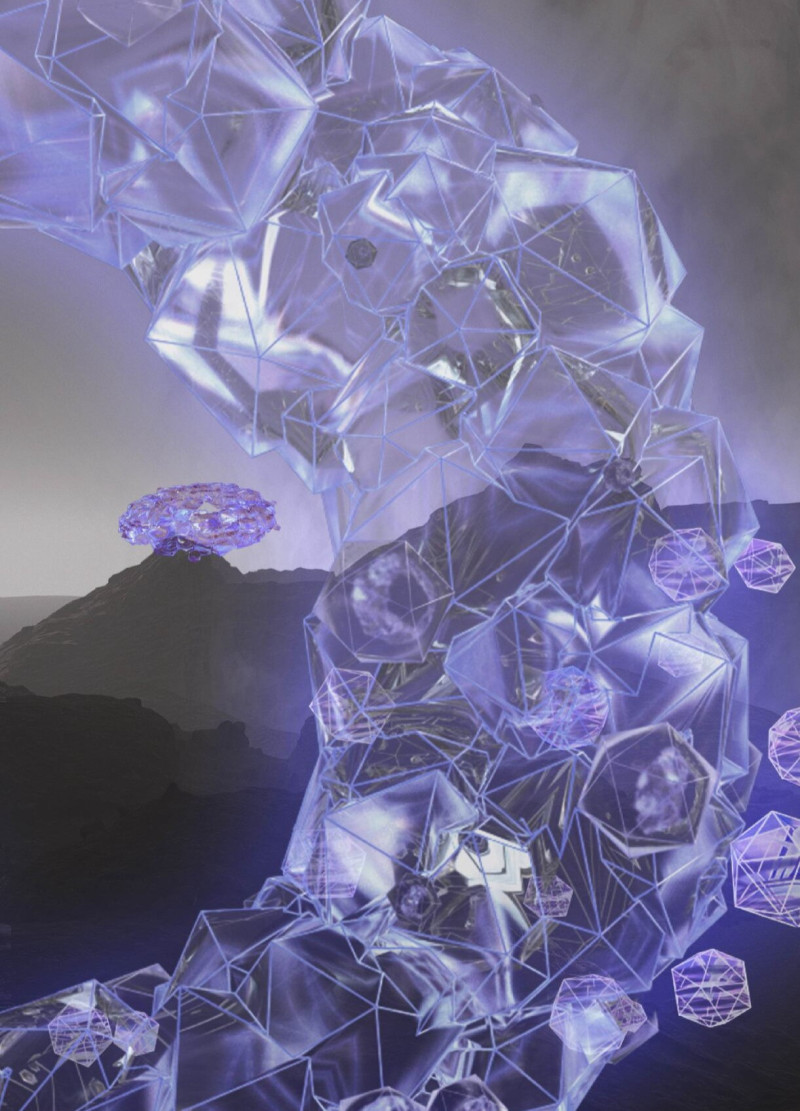5 key facts about this project
The project revolves around the concept of "Existence," drawing inspiration from the Crystal Palace. It focuses on redefining how individuals relate to space in a digital context. The design serves both as a personal retreat and a place for social interaction, encouraging a balance between individual needs and collective experiences.
Conceptual Framework
At its core, the design presents individuals as servers within the Crystal Palace. This perspective establishes a network of interactions that dictate how spaces are organized. The architecture supports various types of environments, allowing for private, intimate, or public experiences based on user preferences. The arrangement of spaces promotes personal expression while simultaneously fostering connections among different users.
Dynamic Spatial Arrangement
The project features a flexible layout that allows for easy transitions between multiple spatial configurations. Each unit can adapt to the interactions occurring around it, similar to a chemical reaction where elements combine to create something new. This relationship highlights the importance of how architecture influences and enhances personal experiences through its design.
Technological Integration
A crucial aspect of the design incorporates modern technology in a way that promotes exploration and social interaction. Users can choose activities they are interested in or be paired with others through an automated system that relies on computer analysis and large data sets. This integration demonstrates the ability of space to adapt to contemporary needs, making it a responsive environment for users.
Evolving Annular Space
The expansive annular space is designed to change continually, allowing it to host various activities and encourage connections among individuals with similar interests. This adaptability fosters a community atmosphere while supporting personal exploration. As visitors navigate through the interconnected areas, they engage with the environment, enhancing their experience with each step.
The design creates a lively and engaging environment, where users can explore, connect, and reflect amidst thoughtfully curated spaces.






















































